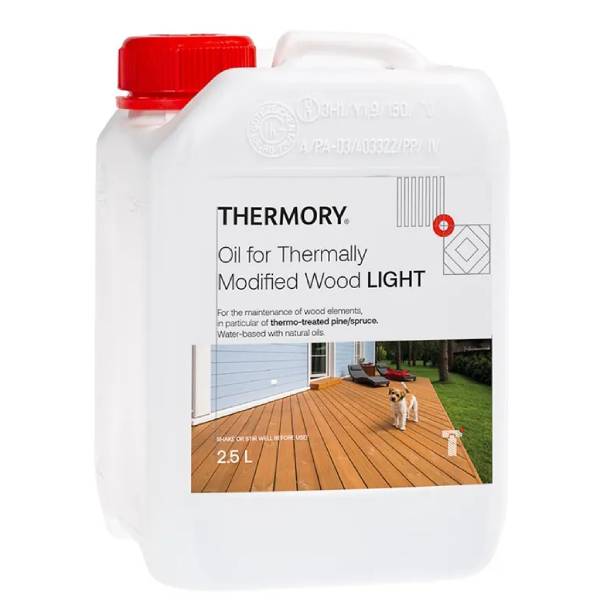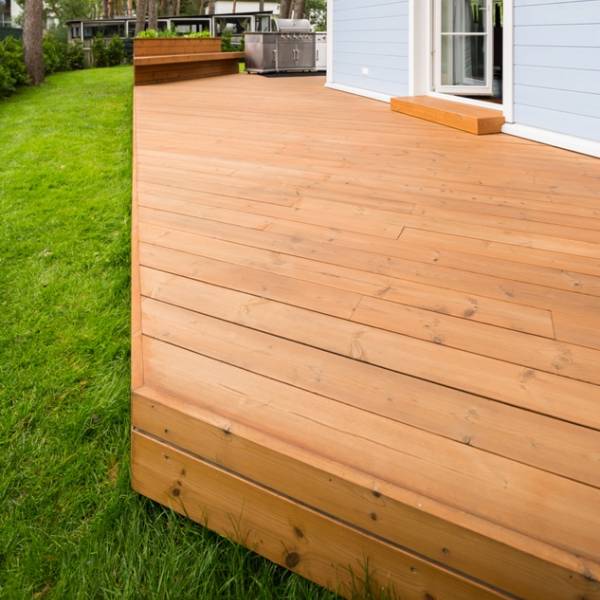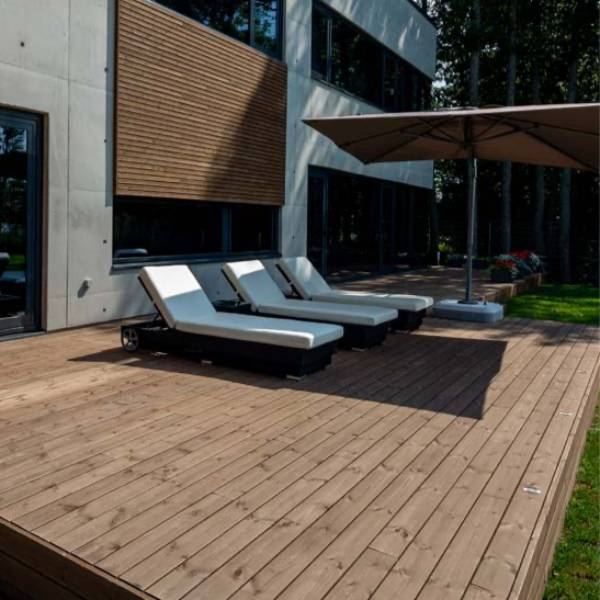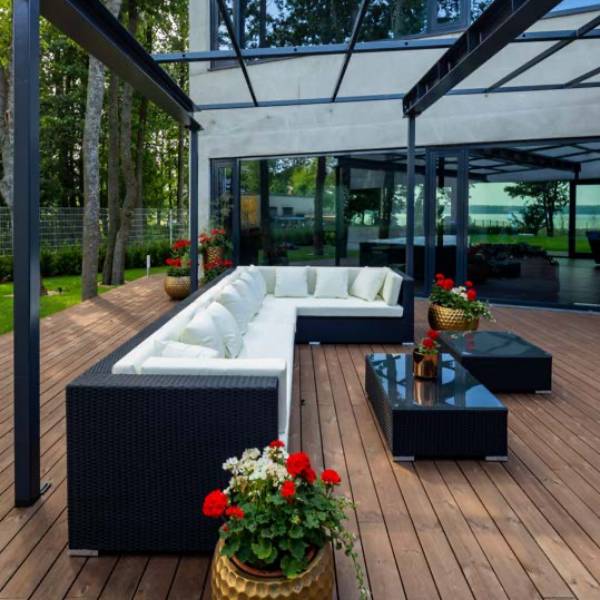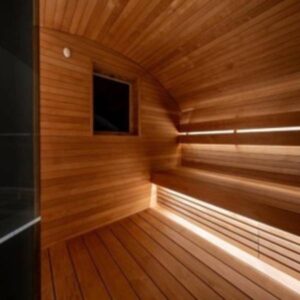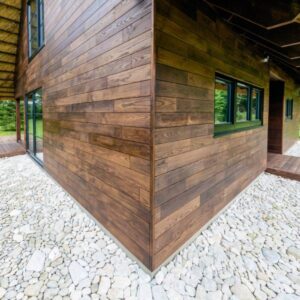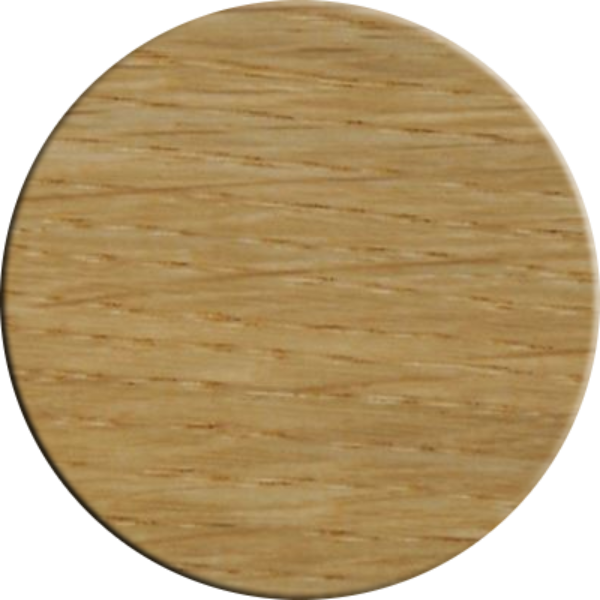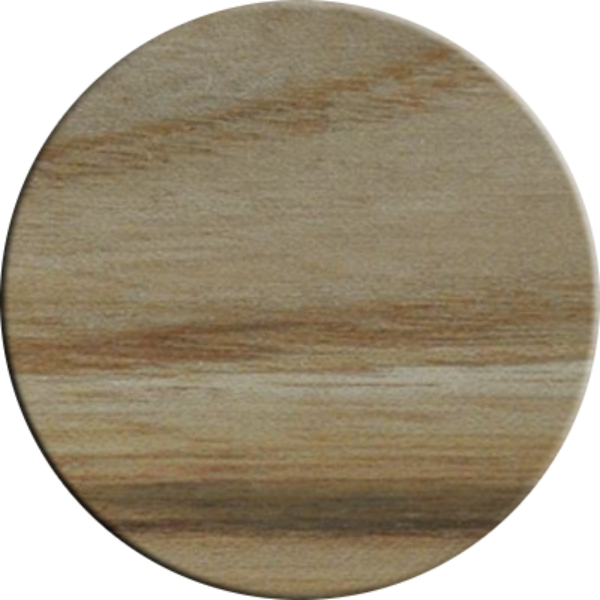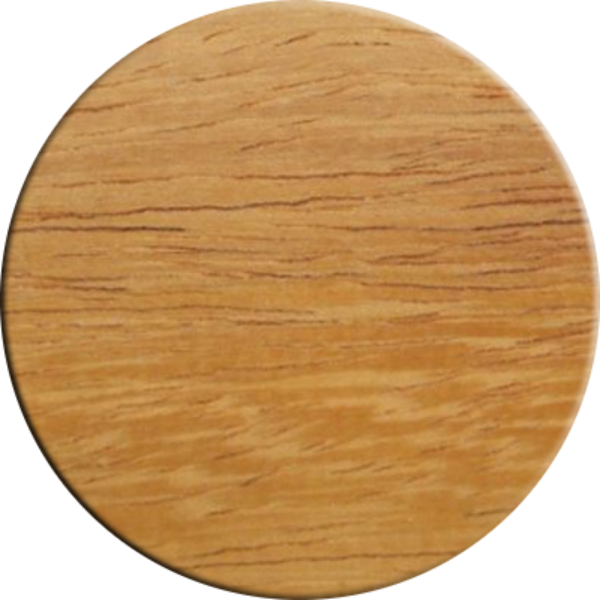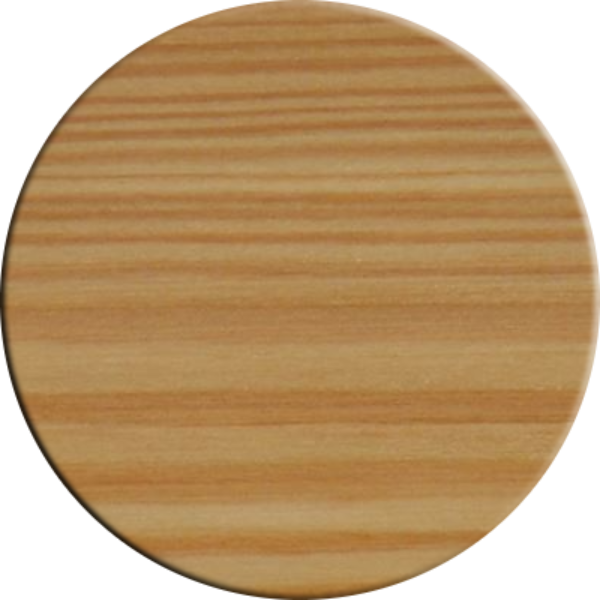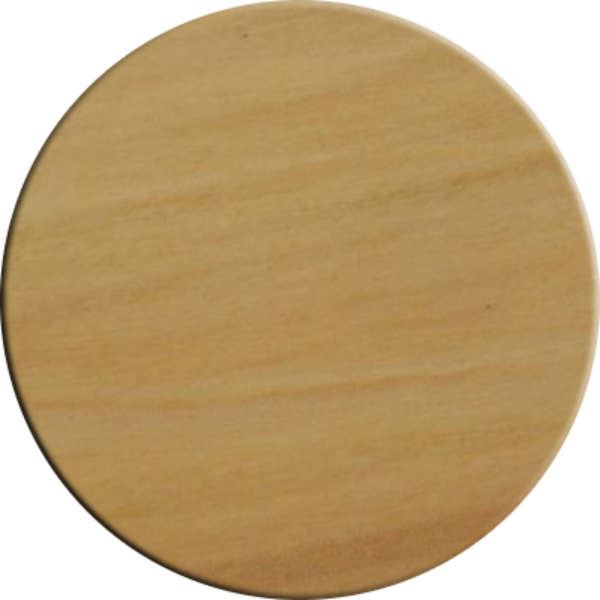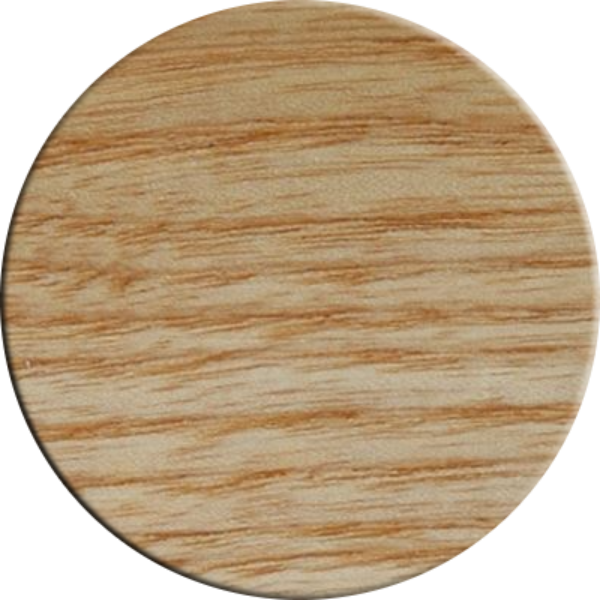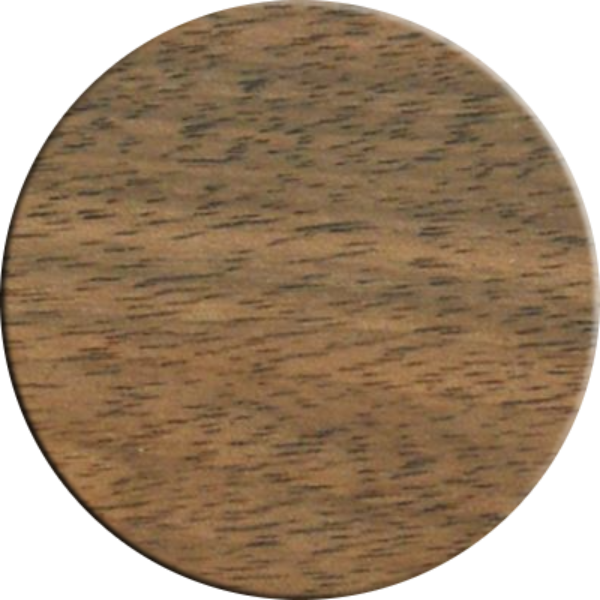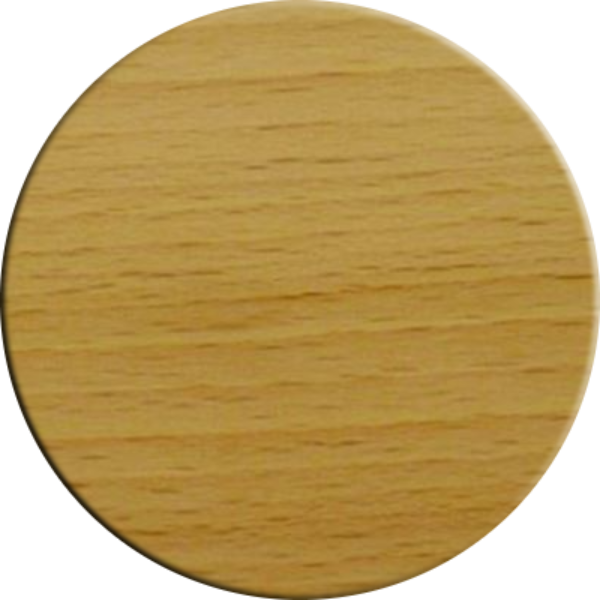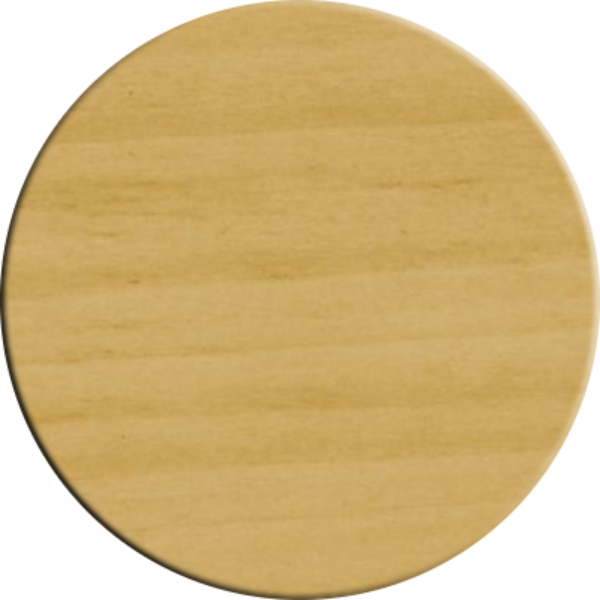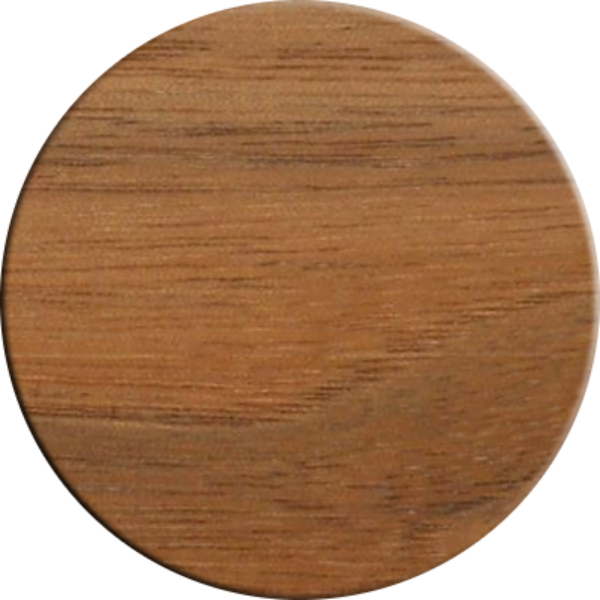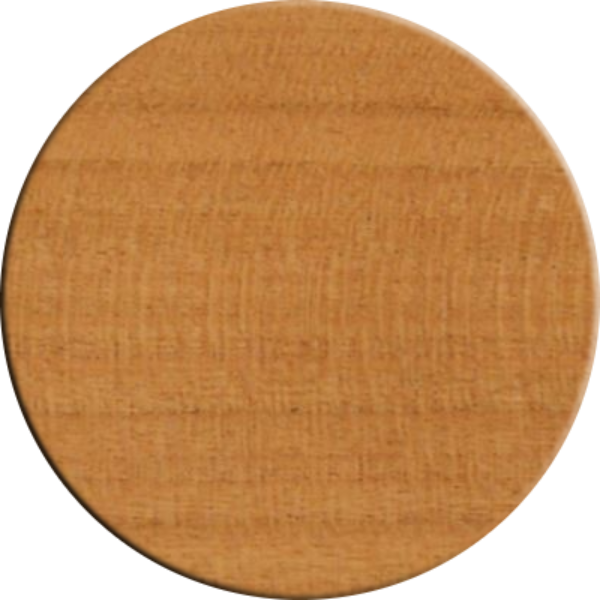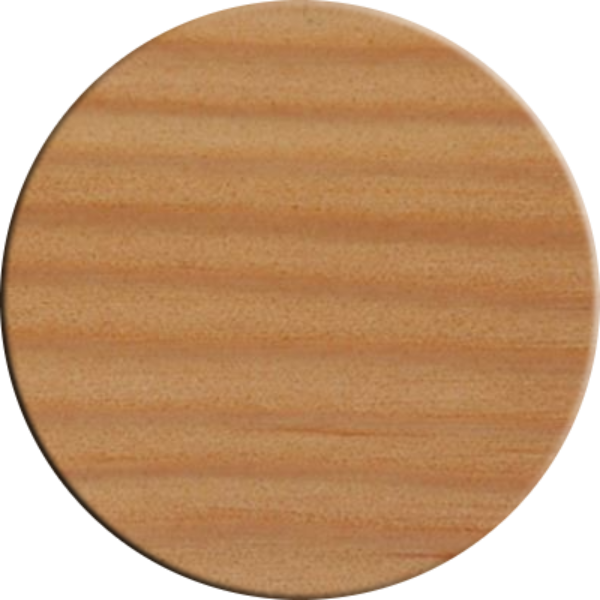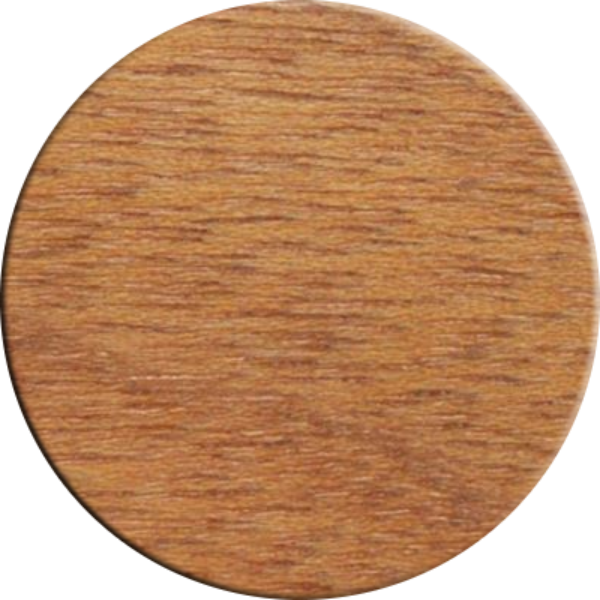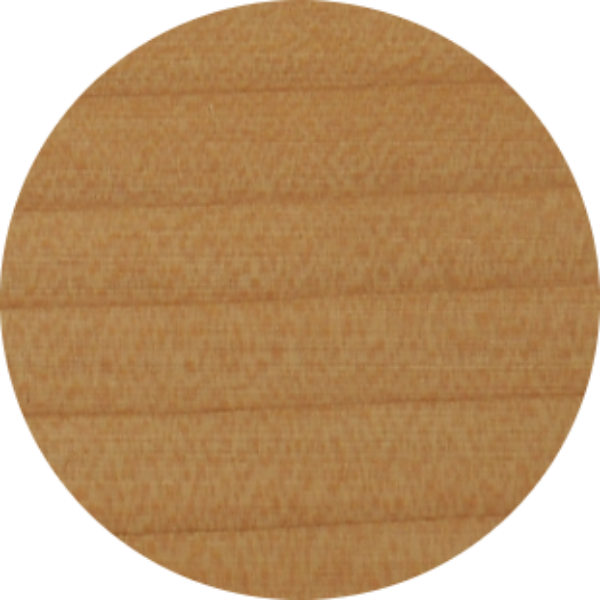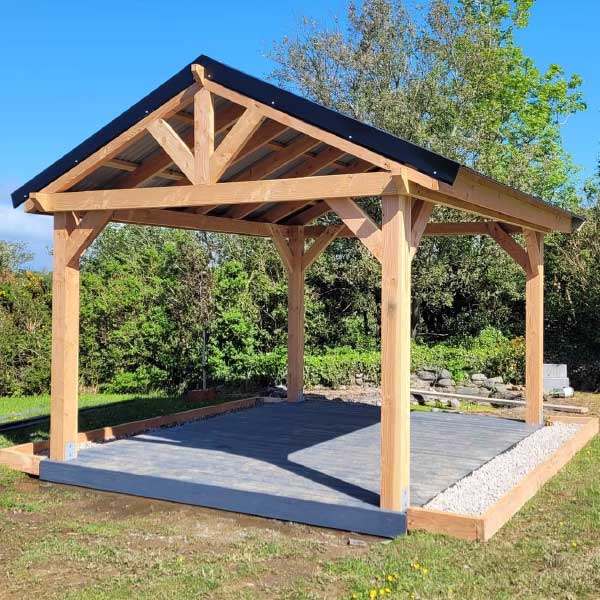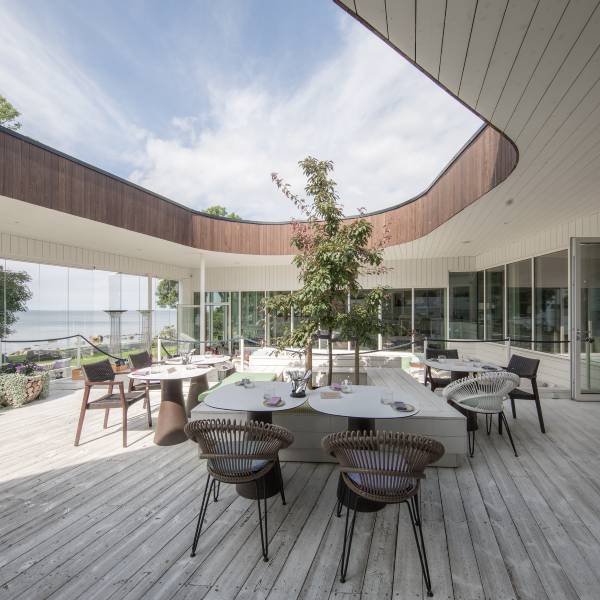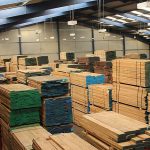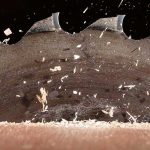Description
Thermory Oil for Thermally Modified Wood, Light 2.5L.
Application
Download Product & Safety Datasheet
Clean the surface of the wood, it must be free from dust and grease.
Shake and stir oil well before use and apply the product in an undiluted form.
Apply the product using a soft brush in the direction of the grain (do not allow pools of the oil to form).
Apply approx. 120–160 ml/m2 in two treatments, depending on the absorbency of the substrate. Remove excess material.
Touch-dry after approx. 3 hours. Can be recoated after approx. 8 hours.
In case of unfavourable weather conditions (high humidity, low temperatures), drying can take considerably longer.
The intensity of the colour shades depends on the quality of the substrate and type of the wood. It also depends on the application method and moisture level of the wood.
Decking Maintenance Guide
Download Cladding Installation Guide
Download Decking Installation Guide
If you want to maintain or change the colour of thermally modified wood:
Thermory boards can be protected by coating them with a UV-resistant pigmented mineral oil. This will reduce the natural silvering process or restore a dark colour. The use of organic oils is not recommended outdoors or in damp rooms, as they contain substances that provide a source of nutrition for biological organisms, such as bacteria, mold, etc.
If you want the wood to turn grey over time while still minimizing natural cracking, finish the wood with a pigment free oil.
If you’re oiling your decking, clean the surface first and follow the instructions that come with the care product.
1. Remove any furniture and other items from the deck.
2. Protect nearby plants from solutions or oil spills by covering them with a lightweight drop cloth or light coloured tarp.
3. Before oiling, ensure the surface is completely dry. For best results apply oil in dry, warm weather.
4. Avoid oiling your deck in extremely windy or hot weather, as this will dry the oil too quickly and prevent it from absorbing into the wood.
5. Always follow the instructions of the oil manufacturer; application and drying times may vary.
Clean any dust, sand and other dirt from the decking using water, a brush, and if necessary, a wood cleaning product.
Select a suitable tool for oiling (like a brush, sponge or mop). Always follow manufacturer’s instructions for chosen products.
Starting at the deck’s edge, apply a thin layer of oil to one board at a time. If thick coats of oil are applied, the oil will not absorbed properly and may result in an uneven appearance or pooling, which can later result in visible patches. Remove any excess oil that does not absorb into the wood.
If oiling ribbed decking boards, avoid leaving any thick layers of oil in the grooves of the decking; remove any excess oil with a cloth.
One to two coats of oil are usually sufficient – two coats will probably be required for decking boards that have not been maintained for some time.
Once the oil has dried properly, replace your decking furniture back in place and enjoy the view!
Sponges and mops used with some mineral oils may ignite spontaneously after usage. Dispose them off securely and follow oil producers’ recommendations.
If using tinted oil, each can of oil must be thoroughly mixed before use and stirred occasionally during application. We recommend first testing the tinted oil on an inconspicuous portion of the deck to confirm colour preference.
When to maintain your decking?
Thermally modified wood can be washed with a wood cleaner and warm water. Before applying wood cleaner, thoroughly sweep the deck to remove all dirt and debris. Larger dirt particles can be removed mechanically (for example with a washing brush or deck cleaning machine).
For rinsing, it is a good idea to use a garden hose with a spray nozzle in a soft shower setting; test it on a small area beforehand. A strong jet of water can damage the wood material and result in an uneven appearance.
After installing your decking, it’s important that you keep the surface free of leaves, needles and other moisture-retaining debris that can promote mold.
Floral fertilizers, household chemicals, grilling stains, wine, drinks and sauces can all leave stains on the surface, while dog claws, high heels and other everyday items can scratch the patio boards. Most of these fade over time and be- come less noticeable. Deeper scratches and stains can be removed with light sanding; when sanding an oiled terrace, a new layer of oil must be applied. Whenever grease or other food stains get on the deck, we recommend removing them as soon as possible with a wood cleaner and water.
Regular maintenance and oiling improve the deck’s appearance and ease of cleaning. While frequency of maintenance varies based on
factors such as climate, environment, application, colour preference, and oil used, reapplying oil once a year is typically sufficient to maintain weather resistance and wood tone.


